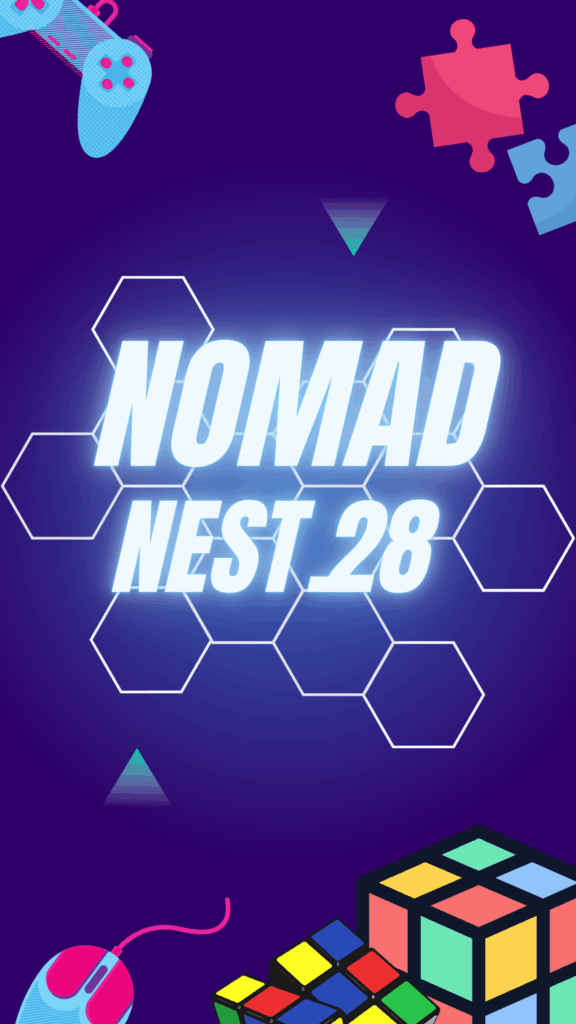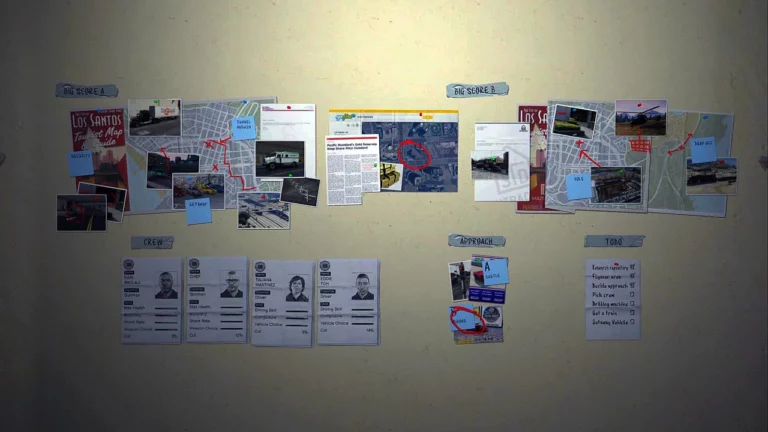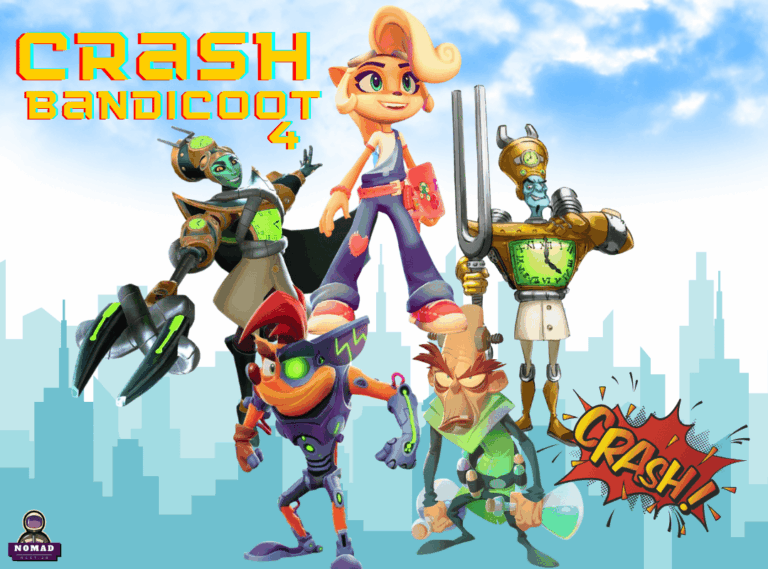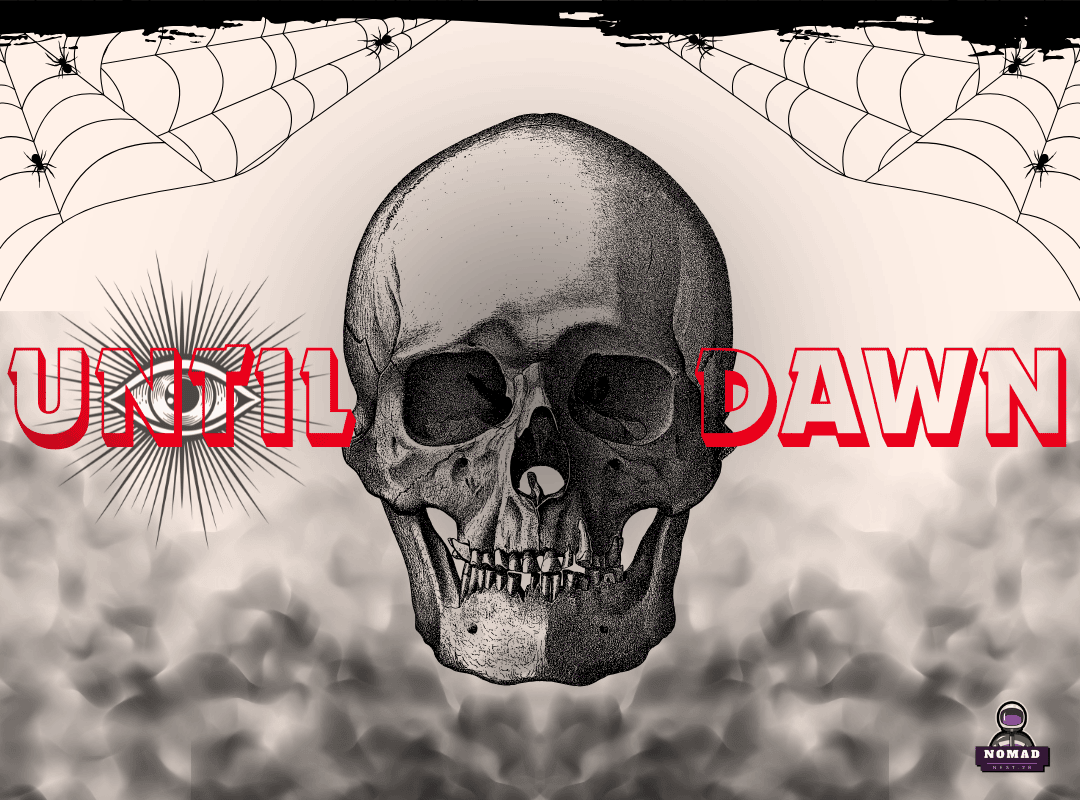
Until Dawn is a survival horror adventure game developed by Supermassive Games and published by Sony Computer Entertainment. Released in 2015 exclusively for the PlayStation 4, this game has gained widespread acclaim for its cinematic storytelling, branching narratives, and psychological horror elements. It combines the excitement of interactive storytelling with the tension of classic horror films, giving players an experience that feels both immersive and deeply personal.
Overview of Until Dawn
Until Dawn centers on a group of eight young adults who gather at a remote mountain lodge to commemorate a tragedy from their past. The game begins on the anniversary of the disappearance of twin sisters Hannah and Beth Washington. Players control different characters throughout the story, making choices that significantly impact the narrative and determine who survives until dawn. This branching narrative structure, often called the “Butterfly Effect,” ensures that no two playthroughs are exactly alike.
The game blends cinematic visuals with interactive gameplay, offering a unique experience that combines elements of traditional horror films with decision-based mechanics commonly seen in modern adventure games. Each choice, no matter how small, has consequences, which adds to the tension and replayability of the game.
Gameplay Mechanics Until Dawn
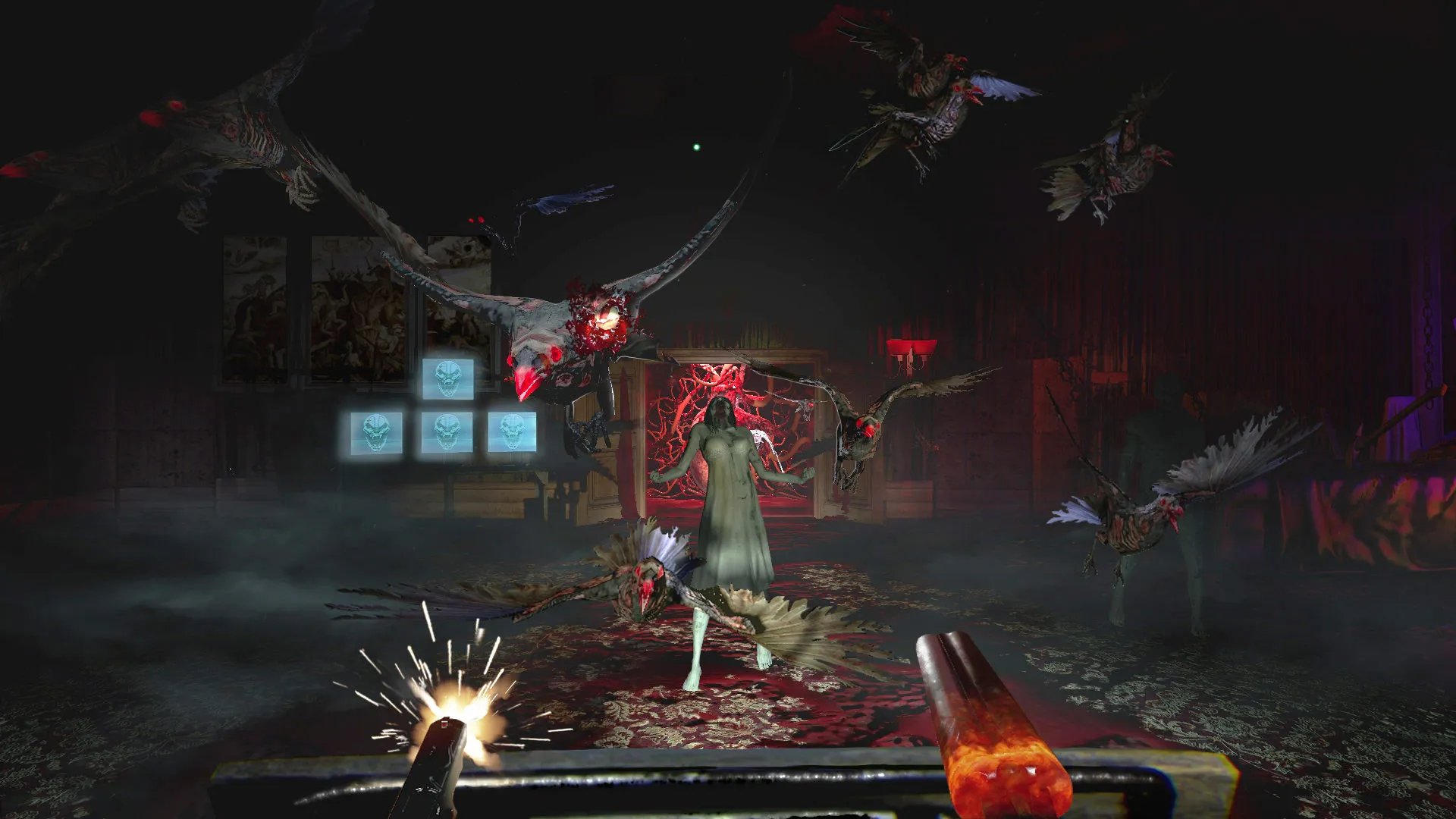
Character Control and Perspective
Players switch between multiple characters throughout the game, including Sam, Mike, Ashley, Chris, and others. The perspective is primarily third-person, which allows players to explore environments, interact with objects, and uncover secrets. The game occasionally employs first-person segments to heighten tension and create a sense of immediacy during terrifying moments.
Decision-Making and the Butterfly Effect
The core mechanic of Until Dawn revolves around player choices. Decisions range from dialogue options to critical moral dilemmas and physical actions. These choices influence the story’s progression and can result in vastly different outcomes, including multiple endings. The Butterfly Effect system visually shows players the ripple effects of their decisions, emphasizing that even minor actions can have significant consequences later in the game.
For example, choosing whether to save a character in a dangerous situation or ignore subtle environmental clues can result in that character’s survival or death. The unpredictability and moral ambiguity of these decisions add layers of tension and make players feel genuinely responsible for the outcome of the story.
Exploration and Puzzles
Until Dawn encourages players to explore the environment thoroughly. The game features a variety of hidden collectibles called “Totems,” which provide cryptic hints about future events. These totems serve both as narrative devices and strategic tools, as they can foreshadow potential dangers or deaths. Collecting all totems can reveal the full scope of possible outcomes, giving dedicated players a more comprehensive understanding of the story.
The game also incorporates light puzzle-solving elements. Players must examine the environment carefully, interact with objects, and sometimes perform tasks under time pressure, such as escaping from a pursuing threat. These sequences increase the sense of urgency and immerse players in the survival horror experience.
Quick-Time Events and Action Sequences
A hallmark of Until Dawn is its use of quick-time events (QTEs). During high-intensity moments, such as fleeing from an attacker or confronting a supernatural threat, players must respond quickly by pressing the correct buttons. Success or failure in these sequences often determines whether a character survives or dies. The game’s tension is heightened by the knowledge that mistakes can have permanent consequences, creating a thrilling and suspenseful gameplay experience.
Story and Narrative Structure Until Dawn
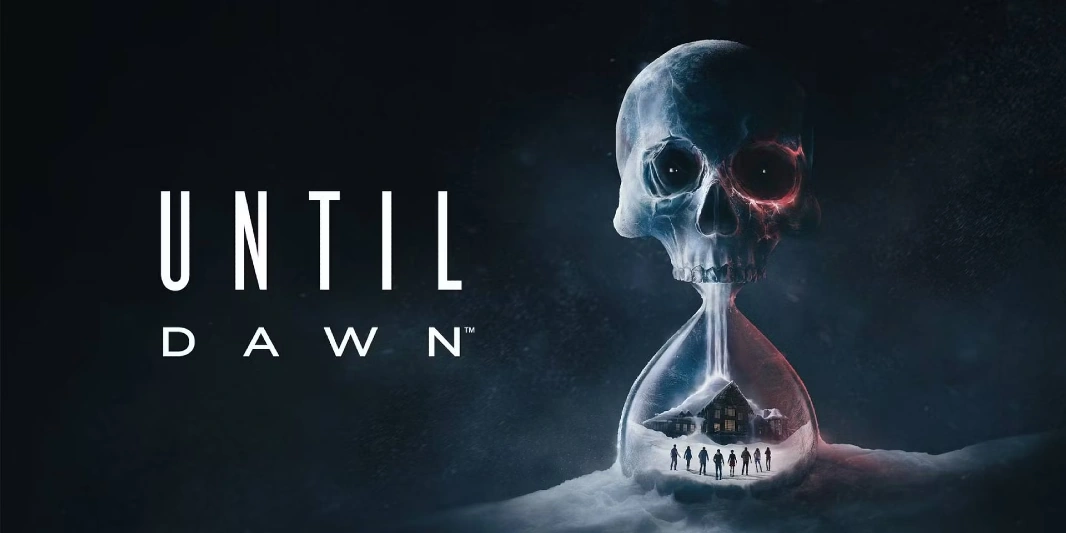
Setting and Atmosphere
The game is set in the remote Blackwood Mountain, which serves as the perfect backdrop for a horror story. The snow-covered landscapes, dense forests, and isolated lodge amplify the feeling of vulnerability and isolation. The atmosphere is enriched by high-quality sound design, including eerie ambient noises, distant screams, and dynamic music that adapts to the player’s actions.
Characters Until Dawn
Until Dawn features eight main characters, each with unique personalities, strengths, and weaknesses. These characters include:
- Sam: Courageous and inquisitive, frequently the group’s moral compass.
- Mike: Protective, tenacious, and occasionally careless in his choices.
- Ashley: Tough to deal with past trauma, sensitive, and cautious.
- Chris: Bold and athletic, always looking to prove himself.
Each of Matt, Emily, Jessica, and Josh complicates the dynamics of the group by bringing personal secrets, fears, and motivations that influence their decisions.
Character interactions are central to the narrative, as relationships influence how they respond to danger and make decisions. The game also explores themes of friendship, trust, betrayal, and trauma, creating a layered and emotionally engaging story.
Horror Elements
Until Dawn draws inspiration from classic slasher films and psychological horror. The game includes jump scares, suspenseful chases, and eerie supernatural elements. Unlike traditional horror games that rely heavily on combat, Until Dawn emphasizes tension, decision-making, and the consequences of fear-driven choices. The narrative often forces players to confront moral dilemmas in high-stakes situations, making the horror more psychological than physical.
Multiple Endings
The game’s most distinctive feature is its multiple endings, which depend on the survival of characters and the choices made throughout the game. Some endings are tragic, with all characters dying, while others allow certain or all characters to survive. The Butterfly Effect system ensures that the story feels dynamic and responsive, encouraging replayability and exploration of alternative outcomes.
Visuals and Audio Until Dawn
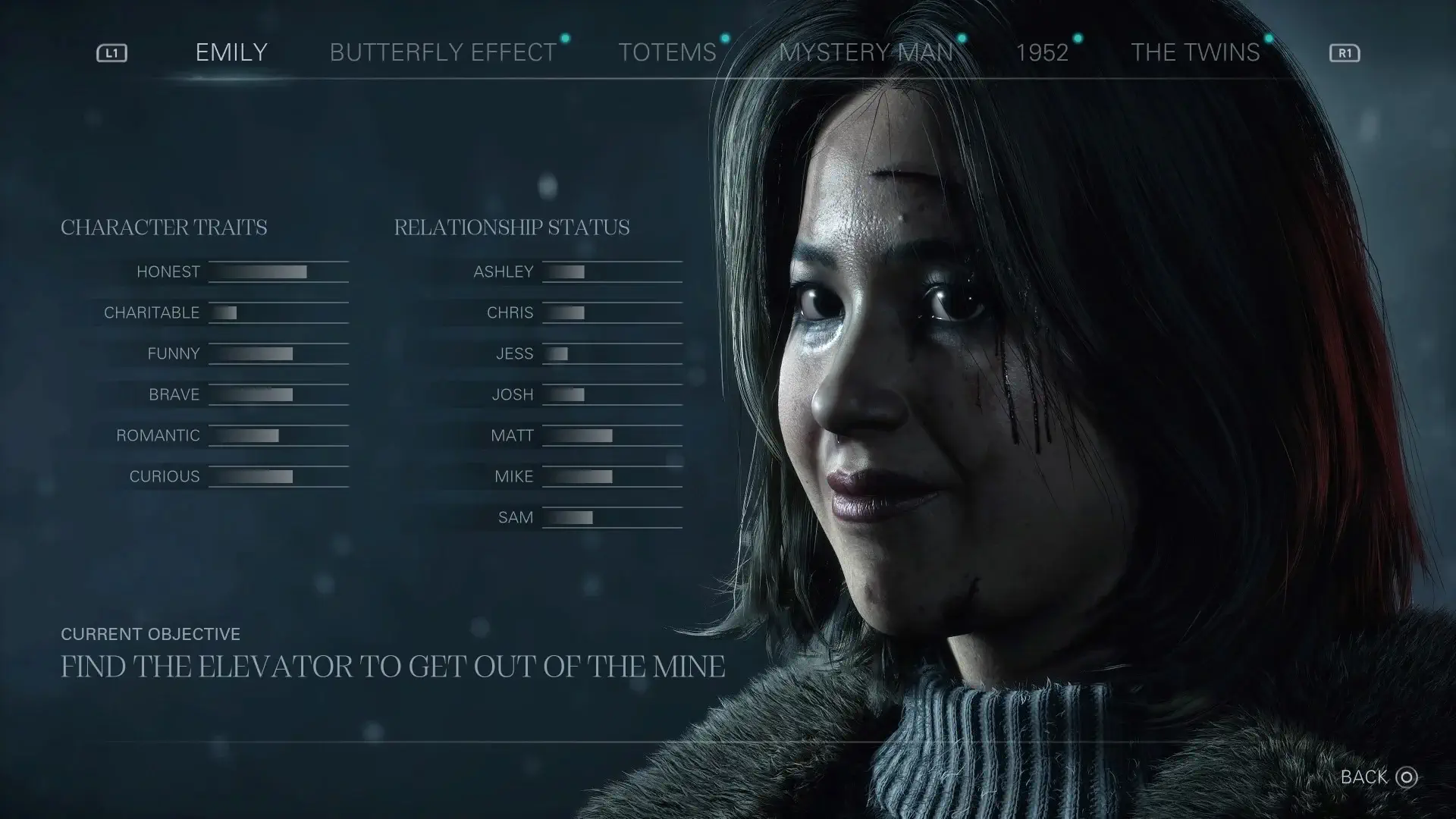
Cinematic Presentation
Until Dawn is renowned for its cinematic presentation. The developers used motion capture and facial scanning technology to create lifelike characters. Performances by well-known actors add authenticity and emotional depth, making players feel more connected to the story. The game’s camera work mimics horror films, using tight framing, dynamic angles, and suspenseful pacing to heighten tension.
Sound Design
The audio plays a critical role in creating the game’s unsettling atmosphere. Environmental sounds, music, and voice acting combine to immerse players in the story. Subtle audio cues often foreshadow danger, encouraging players to pay attention to their surroundings. The score intensifies during high-stakes moments, enhancing the sense of fear and urgency.
Legacy and Reception
Upon release, Until Dawn received positive reviews for its innovative storytelling, engaging characters, and cinematic quality. Critics praised its branching narrative system and replay value, though some noted that gameplay mechanics could feel limited compared to traditional action-oriented titles. Despite these minor critiques, the game has developed a dedicated fanbase and is often cited as one of the most memorable horror experiences on the PlayStation 4.
The success of Until Dawn also led to spin-offs and spiritual successors, including the anthology series The Dark Pictures, which continues the tradition of interactive horror storytelling with branching narratives and cinematic presentation.
Conclusion
Until Dawn stands out as a landmark in interactive horror gaming. By combining cinematic storytelling, decision-driven gameplay, and psychological horror, it delivers a unique experience where players’ choices directly shape the story. With its immersive visuals, rich character development, and multiple possible endings, the game continues to be celebrated as a masterpiece of modern horror and a testament to the power of interactive narrative design.

